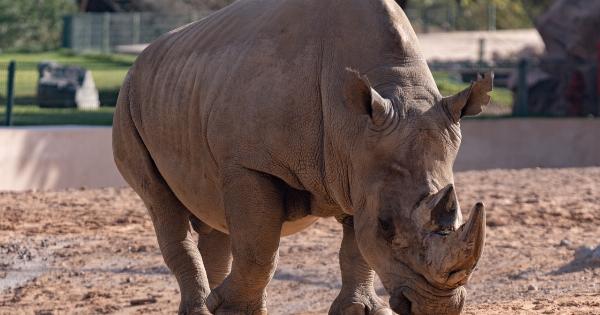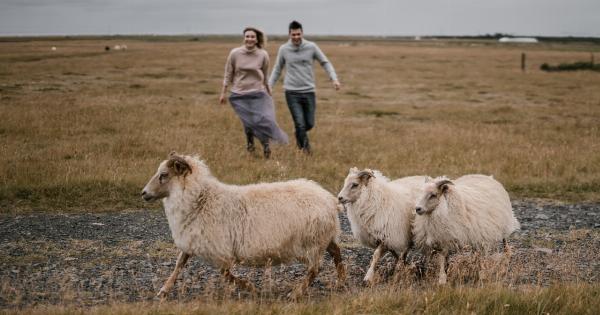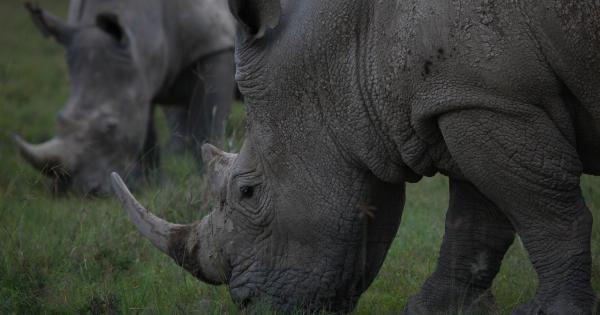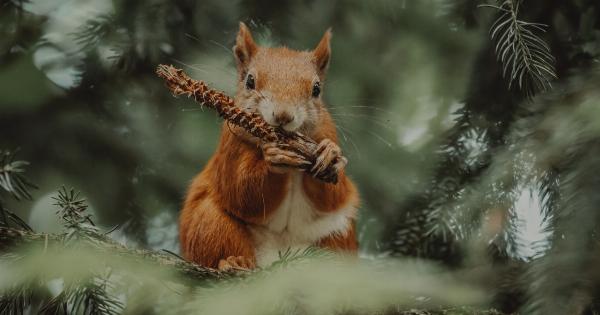Rhinos are majestic creatures found in various parts of the world. Known for their powerful presence and distinct features, rhinoceros species have unfortunately faced the threat of extinction due to illegal poaching and habitat loss.
However, learning about these incredible animals can help raise awareness and promote conservation efforts. One creative way to educate ourselves and others about rhinos is through play. Engaging in playful activities not only makes the learning experience enjoyable but also reinforces the information we acquire.
In this article, we will explore different ways to learn about rhinos through play and discover the importance of protecting and preserving these fascinating creatures.
1. Rhino-themed Board Games
Board games provide an interactive and entertaining way of learning about rhinos. There are numerous games available that revolve around conservation, habitat preservation, and the challenges faced by rhinos.
These games often require participants to strategize and make choices that mimic real-life scenarios. Playing such board games not only enhances knowledge about rhinos but also instills critical thinking and problem-solving skills.
2. Wildlife Safari Role-Play
Imaginative play is an excellent way for children to learn about rhinos. Organize a wildlife safari role-play activity where kids can act as explorers, rangers, or researchers. They can learn about different rhino species, their habitats, and behaviors.
Encourage role-play scenarios that highlight the challenges faced by rhinos and emphasize the importance of protecting their natural environment.
3. Rhino Puzzles and Quizzes
Puzzles and quizzes are engaging activities that challenge our knowledge and allow us to learn more about rhinos. Create or find rhino-themed puzzles and quizzes that cover various aspects such as rhino anatomy, habitat, diet, and conservation efforts.
These activities can be enjoyed individually or in a group setting, fostering healthy competition and a spirit of learning.
4. Rhino Art and Crafts
Art and crafts activities provide a creative outlet for learning about rhinos. Children can engage in projects like making rhinoceros masks, origami, clay modeling, or paintings.
This hands-on approach allows them to express their creativity while deepening their understanding of rhinos and their unique characteristics. Display their creations as a way to advocate for rhino conservation.
5. Building Rhino Habitats
Playing with building blocks or Legos can serve as an educational tool to understand the importance of rhino habitats. Kids can construct miniature rhino habitats, incorporating elements like trees, water sources, and food supply.
During this play activity, explain the significance of these habitats for rhino survival and how human activities can disrupt them. Encourage discussions on ways to protect and conserve these habitats.
6. Rhinoceros Storytelling
Stories captivate us, allowing us to immerse ourselves in fictional worlds while also conveying important messages. Create or find stories that revolve around rhinos, their struggles, and the need for conservation.
Reading or narrating such stories can spark curiosity and empathy in children, promoting a deeper understanding of the challenges faced by rhinos and the importance of preserving their existence.
7. Interactive Virtual Experiences
In the age of technology, virtual experiences can provide immersive learning opportunities. Utilize interactive websites, apps, or virtual reality tools that offer virtual tours of rhino habitats, 360-degree videos, or live webcams in protected areas.
These experiences allow individuals to observe and learn about rhinos in their natural habitats, even if they are unable to visit these locations physically.
8. Conservation-themed Board Games
Aside from specifically rhino-themed games, there are also board games focused on wider conservation efforts.
These games enable players to understand the intricate web of interactions within ecosystems, the role of humans in preserving biodiversity, and the consequences of our actions. By playing these games, we can develop a holistic understanding of conservation and its impact on rhinos and other endangered species.
9. Rhino Field Trips
Visiting wildlife sanctuaries, zoos, or conservation centers can be both educational and enjoyable. Many such places offer guided tours and educational programs specifically about rhinos.
These field trips provide the opportunity to observe rhinos up-close, learn about their daily routines, and understand the efforts being made to protect them. Interacting with knowledgeable staff helps to deepen our understanding of rhinos and inspires us to contribute to their conservation.
10. Conservation-Themed Video Games
In the digital age, video games have the potential to educate and create awareness about wildlife conservation. Look for video games that focus on conservation topics, including rhinos and their habitats.
These games often present challenges related to poaching, habitat destruction, and policy decisions. By playing these games, players can gain insight into the complex issues surrounding conservation and the tangible impact of their choices.
Conclusion
Learning about rhinos through play not only makes the educational journey more enjoyable but also instills a deep appreciation for the importance of conservation.
Engaging in playful activities allows individuals to develop a strong connection with rhinos, which in turn motivates them to take action in protecting these endangered creatures. Whether through board games, puzzles, art and crafts, or virtual experiences, there are numerous ways to learn about rhinos while having fun.
By promoting such activities, we can collectively contribute towards the preservation and safeguarding of rhinos for future generations to come.






























